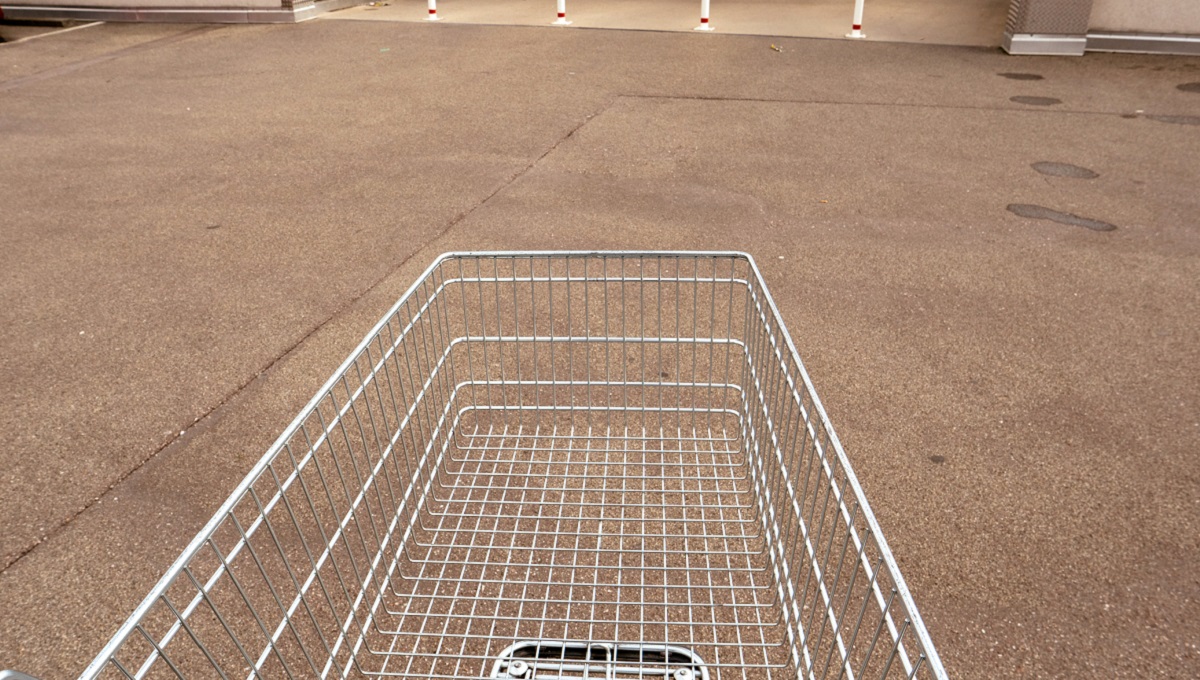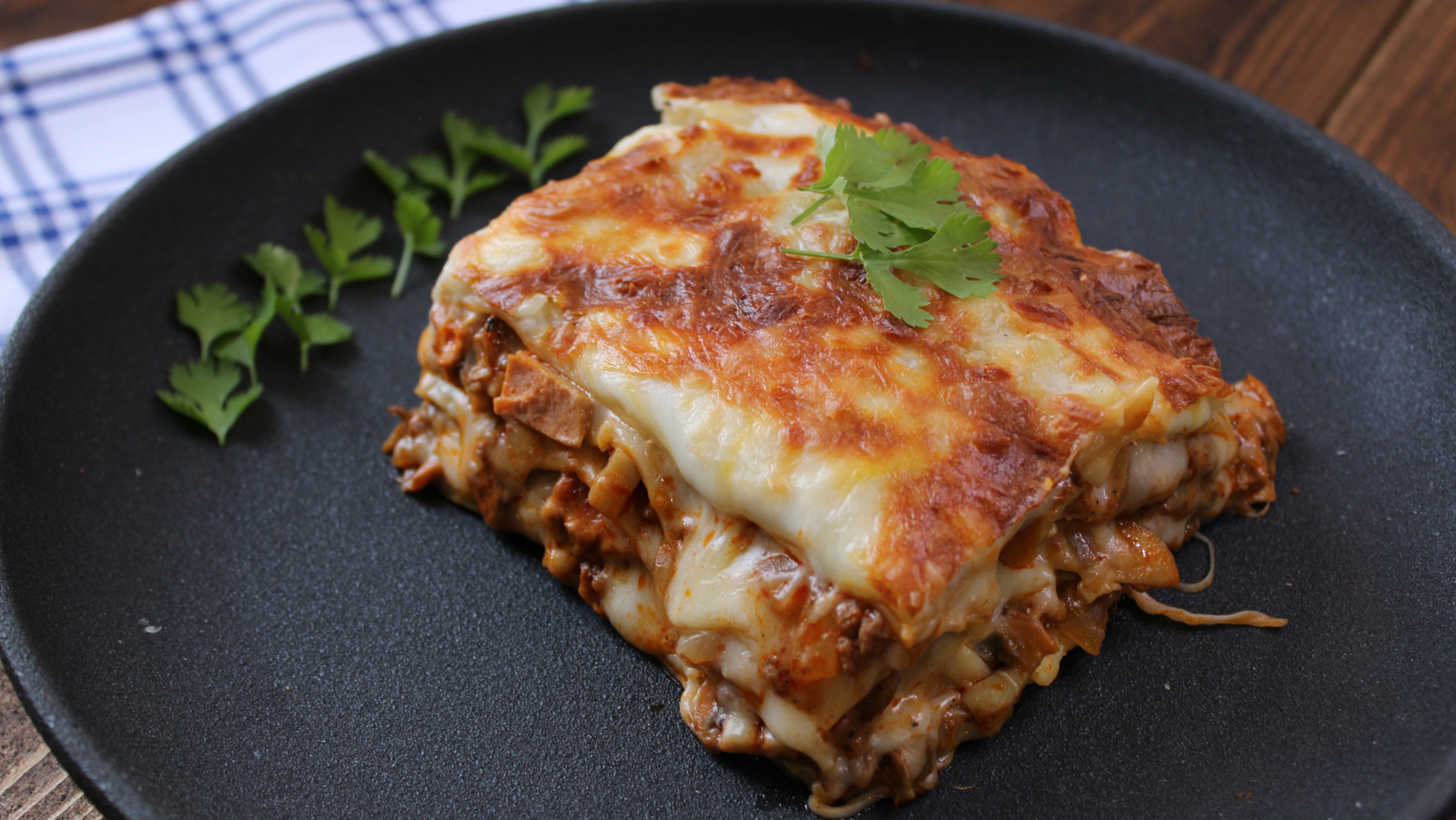
Everyone knows that the Spanish are big fish eaters and “merluza” (hake) is probably the most popular throughout the whole country. It takes on robust flavours so well, particularly tomatoes, garlic, chorizo and paprika. Hake, a distant relative of cod with a long sliver-grey body and succulent white flesh is underrated in Britain but adored here in Spain on a par with turbot and sea bass.
It has a good flavour and a soft texture with a similar taste to cod. There are many regional Spanish recipes including the strangely titled “Caldillo de perro” (dog soup), a simple fish stew from Andalucía and “Merluza a la Gallega” form Galicia.The cuisine of the Basque lands is one of the most extensive and varied of all the regions in Spain and is blessed with some of the best seafood recipes that I have tasted anywhere, but Merluza (hake) is the undoubted king here and “merluza en salsa verde” is one of the cornerstones on which Basque cuisine is built.

It is such a simple dish in concept; it needs very few ingredients and tastes superb.Like most simple dishes it is totally reliant on the quality of the ingredients and Basque chefs will always insist on the freshest, line caught hake that you can find. It is traditionally made and served in a “cazuela de barro” (a round earthenware cooking dish).
A few tablespoons of olive oil are heated in the pan and a little chopped garlic and parsley are sweated gently in the oil without colouring the garlic. Lightly floured hake fillets are added, along with a splash of white wine, a little fish stock and seasoning. This is bought slowly to the boil and a handful of fresh clams are added to the stock.
It is then simmered for about 4-5 minutes until the clams have all opened, the fish is just cooked, and the sauce has emulsified and thickened slightly. Lots of other fish can also be cooked in this way. Try using monkfish, skate, or salmon if you can’t find hake.
Hake’s mild flavour and versatility make it an excellent choice for a variety of culinary applications. Whether you prefer it grilled, baked, fried, or poached, it constantly delivers delicious results with minimal effort. Affordable, nutritious, and widely available, hake deserves a spot in every kitchen.
Fillet of Hake in a herb crust with asparagus & natural yogurt soupServes: 44 thick hake fillets, about 250g, skinnedFor the Herb Crust:50g fresh white breadcrumbsFinely grated zest of 2 lemons60g fresh parsley, finely chopped10g chopped fresh chives2 garlic cloves, crushed45ml extra virgin olive oilSeasoningMethodTo make the crust, mix the breadcrumbs with the lemon zest, herbs, garlic and seasoning in a large bowl.Add the olive oil until the crumb mixture holds together. Press the crumbs thickly and firmly on to the top of each fillet.
Place crumb side up in a roasting tin and drizzle with olive oil.Roast in a preheated oven at 220oC for about 4 - 5 minutes, until the crust is crisp and golden, and the hake is just cooked.Serve with asparagus & natural yogurt soup.
Asparagus and natural yogurt soupServes: 42 bunched of asparagus, chopped500ml fish stock1 large potato, peeled and chopped1 medium onion, peeled and chopped200ml milk2tbsp plain low fat yogurtSeasoningMethodPlace the chopped asparagus, potato and onion in a large saucepan and cover with the fish stock. Bring to the boil and cook for 10-15 minutes and add the milk. Cook gently for 5 minutes.
Place in a food processor and blend to a fine puree. Pass through a fine sieve; add the natural yoghurt and season to taste.Basque style fillets of hake with salsa verde and clamsServes: 44 hake fillets (250g each)2 garlic cloves, chopped100ml olive oil2tbsp chopped parsley500ml fish stock20 clams1tbsp flourMethodHeat the olive oil gently in a heavy bottomed saucepan.
Add the garlic and stir in the flour. Stirring gently, add half the fish stock and bring to the boil for 1 minute. Season the hake fillets and then add them to the pan, skin side down.
Cook for 2-3 minutes then turn the fillets over and add the clams. Cook gently for another 3-4 minutes, adding more fish stock when necessary. Remove from the heat and add the chopped parsley.
Season to taste and serve immediately.Caldillo de PerroIn local fish markets, you can often find smaller hake for this dish known here in Spain as “Pescadillas”.Serves: 41kl small hake (pescadillas)1 large Spanish onion (finely chopped)2 garlic cloves (crushed)1litre fish stock2tbsp olive oilJuice of 2 bitter oranges (or lemon juice)2tbsp chopped parsleyA small baguette, cut into thin slicesSeasoningMethodClean and cut the hake into thick 7cm slices.
Season heavily with salt and place them in the fridge for 1-2 hours to stiffen. Heat the olive oil in a large saucepan and gently fry the onion and garlic until they start to soften. Add the fish stock and simmer for 20-25 minutes.
Add the pieces of hake and cook gently for a further 10 minutes. Add the bitter orange juice and sprinkle with chopped parsley. Pour into a “cazuela de barro” (earthenware dish) and top with the slices of bread.
Bring to the table and serve immediately..














